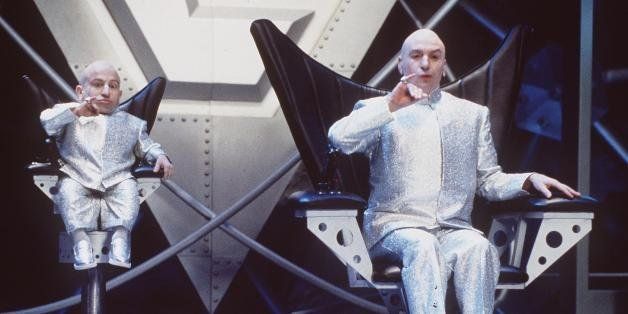
High-speed traders have had enough of using sluggish microwaves, millimeter waves and fiber-optic cables like it's the 1950s or something. Now they are using laser beams.
That's right. Frickin' laser beams. In today's bizarro trading world, where billions can be made or lost in a split nanosecond, laser beams are the new must-have tool for trading, The Wall Street Journal's Scott Patterson reported on Wednesday.
The goal is to shoot trades around the world at the speed of light, or close to it, with "zero" lag time being the "holy grail," Patterson wrote.
What difference does it make if a trade takes a nanosecond or two too long? A lot of difference. Here's video evidence of just how many trades can happen inside of a split second. It is a little terrifying: 1200 orders flying by in a half-second. And this was back in the paleolithic days of May 2013.
Time is money, and these tiny slivers of time are worth a whole lot of money. High-speed traders have been willing to pay big money for early access to corporate press releases and economic data just fractions of a second ahead of the rest of us slowpokes, giving them time to set up trades and make a killing on market-moving information.
Fans of high-speed trading claim it makes markets more smooth and efficient. In fact, high-speed traders often make money by adding confusion to markets, sending and canceling thousands of false orders in fractions of a second. Studies have shown this can be bad, not only for financial markets and normal humanoids, but it's also bad in the long run for the high-speed traders. High-speed trading has been blamed in a series of scary market glitches in the past few years, including the 2010 Flash Crash and the collapse of Knight Capital.
Regulators are starting to get around to thinking about cracking down on high-speed trading. And the industry's profits have been in decline in recent years, leading some to retreat. Though high-speed trading makes up about half of all stock trades in the U.S., that is down from a peak of 60 percent a few years back.
But that doesn't mean traders have given up looking for an edge. Maybe the frickin' laser beams will do the trick.